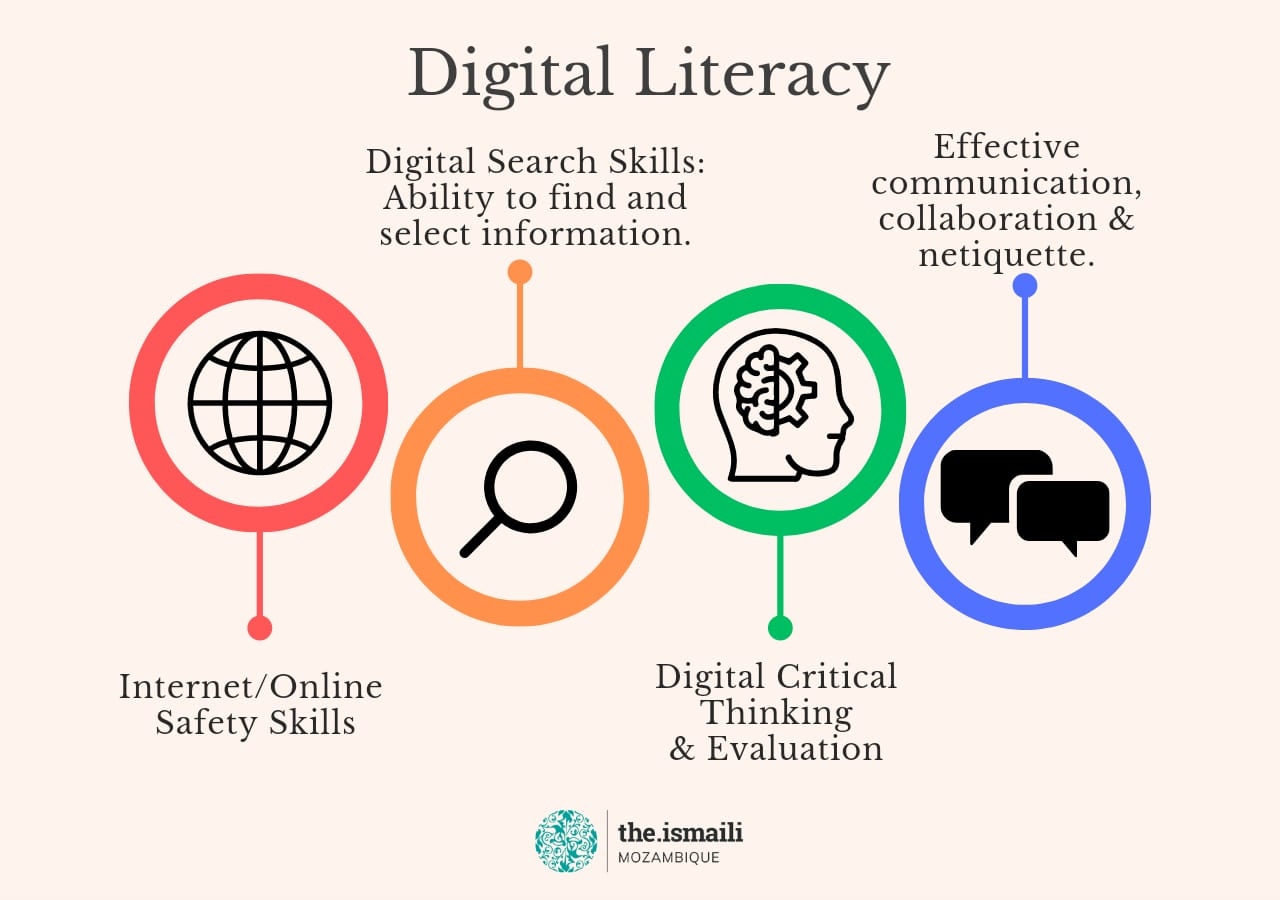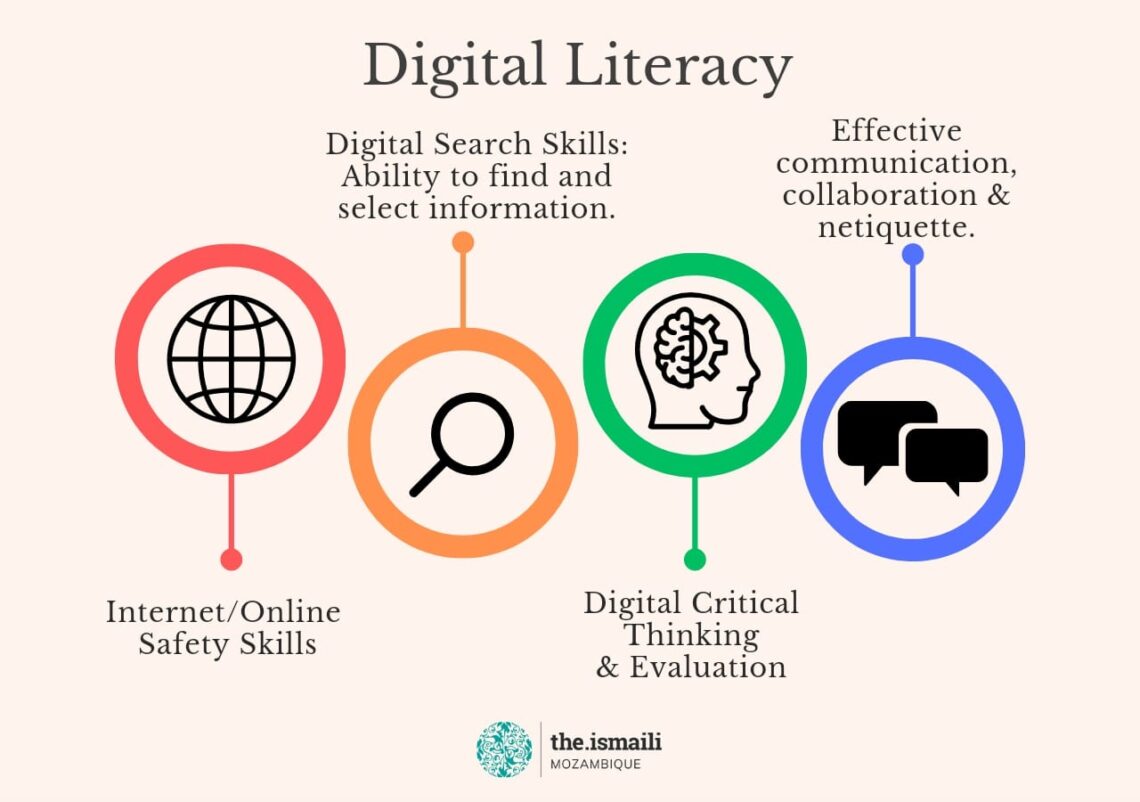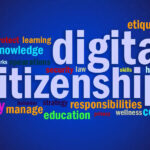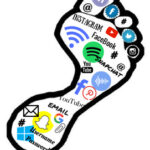
Today, the generation of students in elementary and secondary schools is much more fluent in technology than my generation was. Their digital literacy skills are much more advanced, as digital literacy has become an invaluable skill to have. Although they have digital abilities, it does not mean that they have the education surrounding the internet and internet safety, which is a large part of digital literacy.
Digital literacy is “the ability and skill to find, evaluate, utilize, share, and create content using information technologies and the Internet” (Twinkl). It focuses on the users’ ability to use technology (iPad, computers, smartphones, etc.), as well as writing and reading on online platforms. As teachers, it is our responsibility to help teach our students how to safely and efficiently use technology and to ensure they understand the risks and how to protect themselves.
Schools and students relied heavily on technology before COVID-19, but the pandemic forced us deeper into digital dependence with the need for Zoom and Google Classroom for teachers to be able to deliver education to their students. Again, students had the digital abilities to use these platforms, however, many did not, and continue to not, understand the importance of internet safety and how to properly use technology. Students can use any social media platform, but ask them to make a folder or make a PowerPoint presentation (not using Google Slides), and they’re out of their comfort zone. They will not only need these skills for schooling and post-secondary but will likely need them when they are looking for job opportunities as well.
As teachers, we need to help equip our students with the skills to properly navigate and thrive in the digital world, especially when it comes to finding information. Show them how to do proper research, not just believe the first source available because it looks “reputable”. As mentioned in a journal article written by Joel Breakstone et. al, students need to be able to look at search results, navigate the information provided, and make a proper choice before clicking on an article.
Another key aspect of digital literacy is online safety, knowing what should and shouldn’t be posted or shared, and privacy on different platforms. We should be incorporating this into our teaching and lesson planning, adding it to courses like Career Life Education or even doing seminars for students where they can understand the importance of digital safety.
I know for a fact that there is so much I need to learn about digital literacy and online safety. A lot of the things I learned, I learned through trial and error, having not been taught this when I was in high school. I know for a fact I want to equip my students with the best skills possible to navigate the digital landscape successfully and be safe and knowledgeable internet users. If we learn and work alongside our students to enhance their digital literacy, we can help them create knowledgeable and safe attitudes toward internet use and set them up for success.
Citations:
Breakstone, Joel, et al. “Why we need a new approach to teaching digital literacy.” Phi Delta Kappan 99.6 (2018): 27-32.
twinkl. “What Is Digital Literacy.” Twinkl, www.twinkl.ca/teaching-wiki/digital-literacy.






